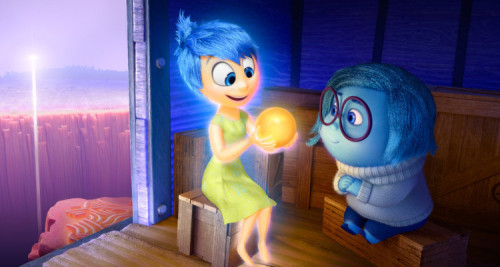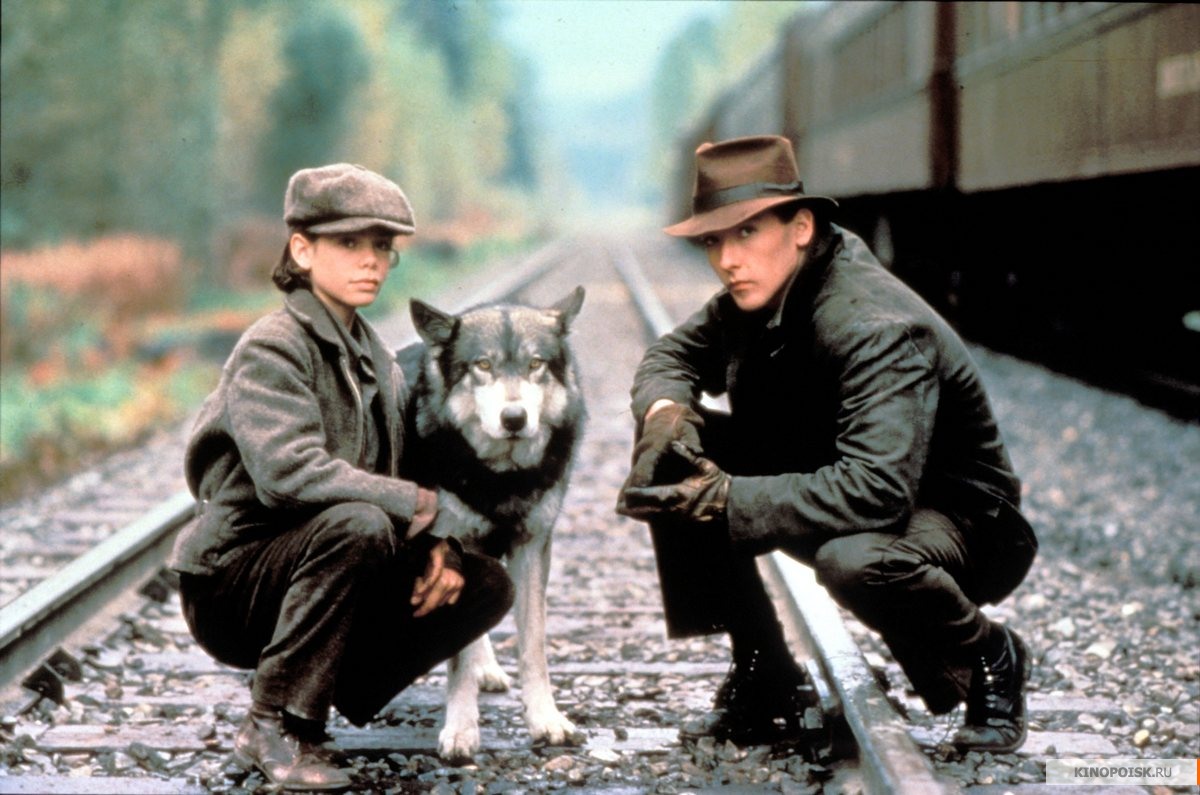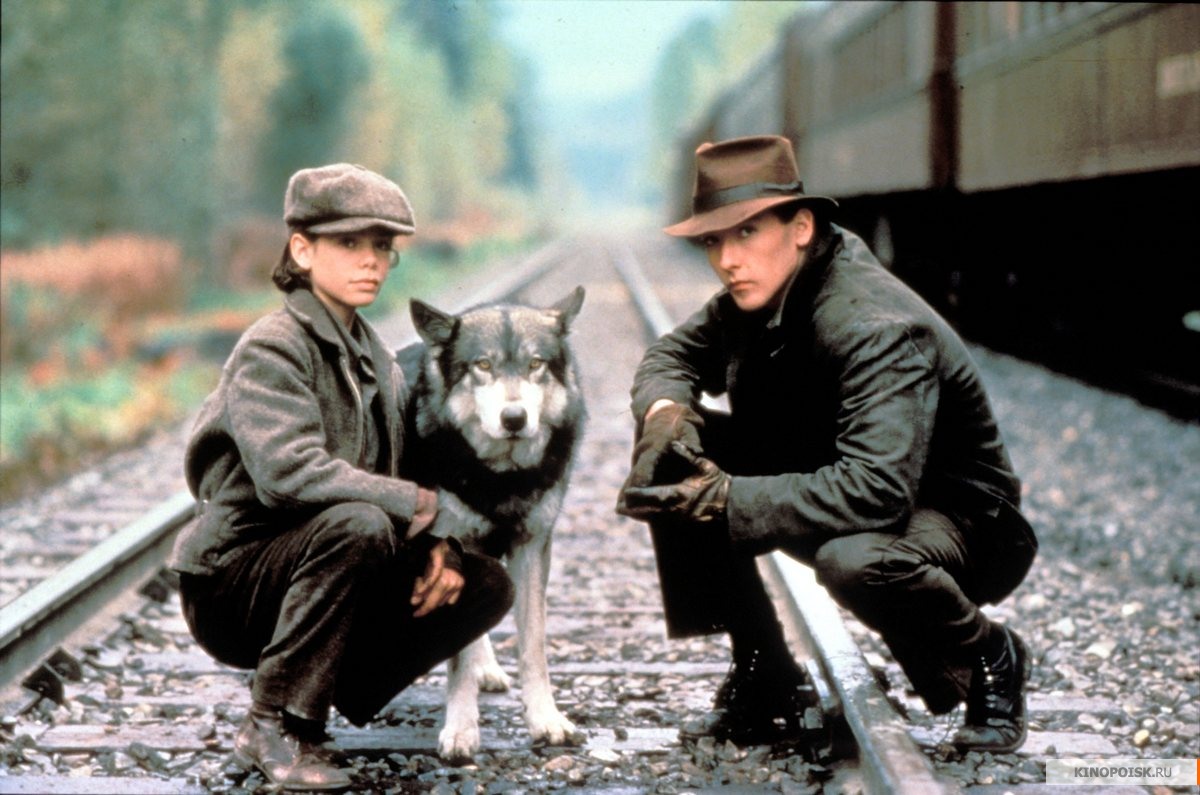This guest post by Natalie Wilson previously appeared at Skirt Collective and is cross-posted with permission.
Inside Out is an excellent addition to the Pixar canon, one that, like the equally amazing Brave, has female characters front and center. A coming-of-age story about Riley, a young tween forced to leave her beloved Minnesota, the film departs from the typical stories about girlhood – stories that often focus, in soppy-romantic-teen-angsty fashion on L-O-V-E at the expense of character development and female friendship. Some of these films are good (yes, I admit to liking The Notebook), some are rather great (I sobbed my face off at The Fault in Our Stars), and some make me feel like spewing vomit Exorcist-style (Breaking Dawn). Inside Out is in a league of its own, however – hardly surprising given the unstoppable Amy Poehler is the lead voice.
Focusing mainly on the inner-workings of Riley’s brain, the film is a coming-to-emotional-maturity story featuring Riley’s main emotions – Joy (Amy Poehler), Fear (Bill Hader), Anger (Lewis Black), Disgust (Mindy Kaling) and Sadness (Phyllis Smith). These emotions run “Headquarters” – the part of Riley’s brain that creates the “core memories” making up her identity. The unflappable and infectious Joy believes herself to be Riley’s most important emotion, but when the usually happy Riley goes into a tailspin after the family’s move to San Francisco, havoc erupts at “Emotion Headquarters”causing Joy and Sadness to embark on a journey through Riley’s brain in hopes of salvaging her once happy, confident personality.
The movie is brimming with clever nods to how we think about thinking (Riley’s brain includes a “Train of Thought”), pop-psychology (trouble-making memories and thoughts get taken to the prison-like subconscious), and imaginary friends (in the form of Bing-Bong). It is perhaps Pixar’s deepest film, a laugh- and tear-fueled lesson about the key role emotions and our thoughts about them play in our lives. Nope, this is not the id-filled fun of Toy Story, or the ego-pumping race of Cars, but a super-ego tinged exploration of how our emotions will control us if we don’t get control of them.
Most of the movie takes place within the landscape of Riley’s mind, allowing for witty forays into the dream production center (replete with its “reality distortion filter”), inventive exploration of abstract thought (characterized as a “danger zone”), and adroit usage of those commercial ear-worms that take-over one’s brain. The scenes set in real-world San Francisco are similarly delightful, mocking the ire Riley feels when broccoli pizza is the only choice on the menu, evoking the horrors of being the new kid at school, and capturing the frustrations of trying to fit one’s old life into a new house.
The film’s use of emotion and memory is inventive and ingenious, ultimately offering a lesson about the importance of emotional diversity (hint: Joy, as it turns out, is not quite as important as she thinks). Adding to the poignancy of the emotional rollercoaster ride (my daughter named it “the saddest kids movie ever”), is the incredible cast of voice actors. Joy is reminiscent of Poehler’s ever-positive Parks and Rec character, while Phyllis Smith (from The Office) stands out ingeniously as Sadness, playing her blue-bodied character with the palpable dreary, depressive ennui that all of us (except Leslie Knope perhaps) experience at some point or another.
If I have a quibble with the film, it would be with its gendering of emotions. While it is hard to portray genderless characters to an audience still embroiled in the gender binary, some slight changes could have nudged the film towards a more gender-fluid narrative. Riley’s emotions are presented as a mixture of female (Joy, Sadness, Disgust) and male (Anger and Fear). This gendering of her emotions nods to the “unfixedness” of gender pre-puberty, especially as all the adults (most notably, her mom and dad) are presented as having emotions that match their sex/gender (and the dad’s are not only male, but think in sports terms!).
The end of the film, which includes a look inside the brains of various characters, accords with this view – that once someone moves beyond puberty into the realm of adulthood, one’s emotions “match” the sex/gender of the person. While this is a minor criticism of an otherwise great film, it could have been easily remedied by not stereotypically displaying the inner minds of post-puberty characters. I get it, stereotypes are a quick and fast route to comedy, but they also lead us to dead-end either/or thinking. One other beef is that Riley’s mom (voiced by Diane Lane) doesn’t seem to have a job. No, not ALL women have to have jobs/careers, and NOOOOOOOOOOOOO I am not saying that being a mother is not a more-than-full-time, important job — what I am questioning is a world in which dads are still depicted as the major breadwinners and also often get to be “good dads” to boot, while moms are more often “just moms.” Perhaps these gender-conforming aspects of the film can be partially put down to what one reviewer calls “the Mouse’s boot” on Pixar’s neck – or, in other words, the fact that Disney now owns Pixar. Yet, while Pixar admittedly gave us a marvelous run of inventive movies that put the tried-and-true princess narratives to shame, they were not without their gender problems, with Brave standing out as the most feminist in its exploration of gender confines that bind.
As for Inside Out, it gives us not one female protagonist, but three – Riley, Joy, and Sadness – and NONE of them are princesses! And, minor criticisms aside, the film is a true joy to watch – and, like deeply felt joy – it has its moments of hilarity, of reflection, of nostalgia, and, yes, of sadness too. I agree with this review, that “One viewing is nowhere near enough to appreciate the extraordinary level of detail lavished on this world.”
So see it and see it again, my many-emotioned friends, and take all your emotions with you, even the non-gender conforming ones!
Natalie Wilson teaches women’s studies and literature at California State University, San Marcos. She is the author of Seduced by Twilight and blogs for Ms., Girl with Pen and Bitch Flicks.









